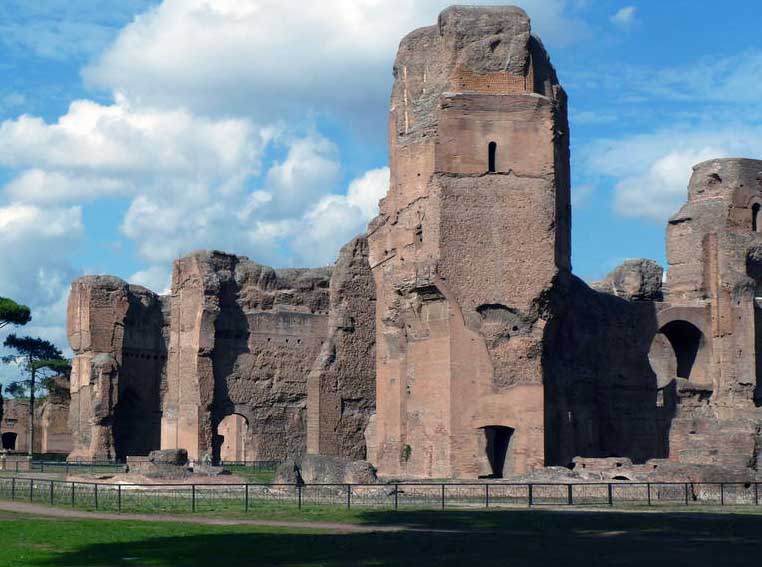Most historians marked the year 180 AD, as the beginning of decline of the Roman Empire, and this was the moment when Marcus Aurelius died, and on the throne came his foolish son Commodus (180 – 192 AD), who produced a bunch of crazy events which Romans did not see since the days of Nero Claudius Caesar. During Commodus reign, in II century AD, began a moral crisis. The crisis has grown into financial and political crisis, touching every segment of the Roman Empire society.
After Commodus death, an events which took place after Nero’s death happened again. Namely, the Praetorians and the military appointed several Emperors, and in the end Lucius Septimius Severus (193-211 AD) became a Roman emperor. He was proclaimed an Emperor by the Pannonian legions, so it was not surprise that his main support was an army. In order to keep his army satisfied, Severus allowed that each soldier can gradually earn and receive the highest honor. Because of the money shortage, it was difficult to pay large army, so Severus decided to give the land to the border troops, which was cultivated by the soldiers themselves. With this move it was reduced a mobility of the army and combat readiness.
He left to his sons Publius Septimius Geta and Marcus Aurelius Antoninus (Caracalla) to govern the land. Caracalla remained famous for building fascinating Baths of Caracalla in Rome, and by issuing the Edict in 212 AD. According to this Edict, all free people in the area of the Empire received equal civil rights, and of course the main reason for this move lied in the fact that he needed to expand the mass so that Caracalla has more people to pay taxes to him. The agnomen “Caracalla” refers to a Gallic cloak that Caracalla adopted as a personal fashion.



Severan Dynasty had a relatively tight control over the Empire, thanks primarily to satisfied military. However, financing of the more and more expanding state administration as well as military demanded a constant increase of taxes. Of course, ordinary people paid these huge taxes. Because of this situation, small peasant property disappeared. Since conquests were stopped, there were no new slaves and this was a huge blow to the economy because slaves’ were main pillars of the production. The crisis was further emphasized by the constant invasions of barbarian tribes on the border of the Roman Empire. Their burglaries made trade more and more insecure, which destroyed foundations of the cities wealth. The cities became more and more deserted.
After Caracalla death, at the throne, until the end of the third century, a large number of Emperors changed. Many of these soldier Emperors did not lasted more than two months.
Frequent civil wars have led to disastrous financial crisis, because the money became devaluated. In coins there were less and less gold and silver, and more non-precious metals.
Landowners tried to give their land lease as an attempt to try recover economy and agricultural opportunities. At the same time, Roman emperors tried to increase interest in the work on the land. Tenants were landless peasants, urban poor people or freed slaves, which were called the coloni, and the whole system is named colonate. Coloni – tenant farmers, for the land that they get in the lease were required to give to their landowner a portion of their crops, and a bit of money. Maybe this system would function if there was not for other difficulties. The state due to the barbarian invasions had to invest more and more money in the army, and this increased taxes of the coloni. Coloni had to borrow additional money in order to pay taxes and in that way they became dependent on their landlords. Also in this way coloni were attached to the land, although they were formally free. Such colonate relationship will become the foundation of later medieval relation in feudal system.
